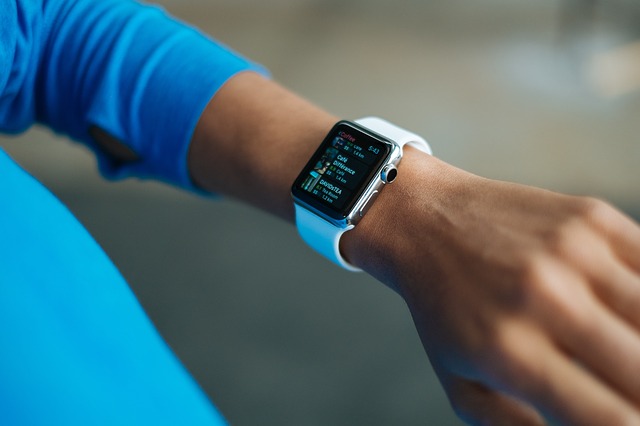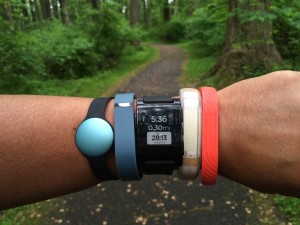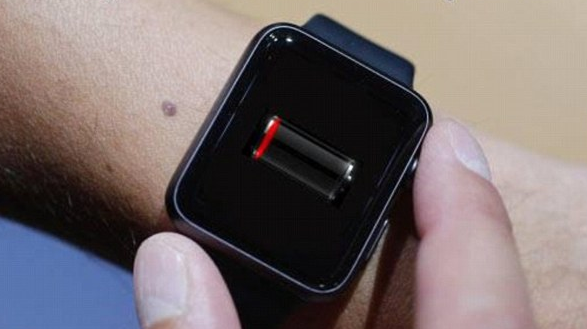NASA & UCLA Could Make Wearable Devices Insanely More Powerful

 A collaborative team of scientists from NASA’s Jet Propulsion Laboratory and UCLA are making headway in the development of a new WiFi chip that would prolong the battery life of smartphones and wearable devices. The invention would have the potential to reduce the amount of power needed to send and receive data, allowing users to get more mileage out of their personal technology.
A collaborative team of scientists from NASA’s Jet Propulsion Laboratory and UCLA are making headway in the development of a new WiFi chip that would prolong the battery life of smartphones and wearable devices. The invention would have the potential to reduce the amount of power needed to send and receive data, allowing users to get more mileage out of their personal technology.
The chip, developed by Adrian Tang of NASA and Mau-Chung Frank Chang, a professor at UCLA, would reflect an incoming WiFi signal from a router or cell tower, rather than the device generate a signal on its own. This would use 100 times less power than a traditional chip, thereby significantly extending battery life. For devices that are always on and always close at hand, like an Apple Watch or other personal device, holding a longer charge would be a powerful upgrade.
“The idea is if the wearable device only needs to reflect the WiFi signal from a router or cell tower, instead of generate it, the power consumption can go way down (and the battery life can go way up),” Tang said in a statement.
To transmit data, current personal devices send signals to a router, which subsequently responds with a brand new signal. In contrast, the new chip uses existing signals to reflect information back to any nearby router or cell tower, eliminating the need to send out a unique signal every time information is communicated. Not only does this save on battery power, but lab tests have achieved data transfer speeds of 330 megabits per second, up to the three times faster than traditional WiFi.
Wearable devices and smartphones send and receive data in the same format that computers do: familiar strings of 1’s and 0’s. This chip utilizes a switch mechanism to transfer data. Incoming energy is absorbed by the circuit as a 0, and energy the chip reflects is sent as a 1. The switch mechanism inside the chip uses scant amounts of power and allows for fast transfer of information between wearable devices and other technology such as computers, tablets, and smartphones to receive data.
The biggest remaining challenge for the team of researchers is to help the chip differentiate between communicated signals from the router or cell tower, and ambient background noise. In any application, the wearable device containing a wi-fi chip will not be the only object reflecting signals. Signals are bouncing off of walls, floors, ceilings etc., all the time. To combat this effect, Tang and Chang have developed a wireless silicon chip that will constantly sense, assess and suppress background reflections.
The chip will have a multitude of uses beyond wearable technology, including aerospace applications. Astronauts and robotic spacecraft could use the chip to transfer a higher volume of images at a faster rate, with less drain on crucial life-supporting power supplies. Doctors have envisioned expanded uses for wearable devices, such as monitoring vital signs to alert physicians to potential preemptive diagnoses. The new WiFi chip will be an important part of developing wearable tech, helping to make them efficient and beneficial additions to the litany of electronic helpers we already depend on.

